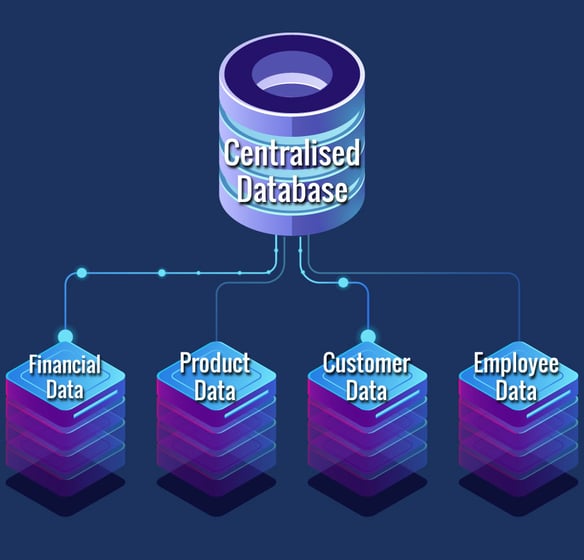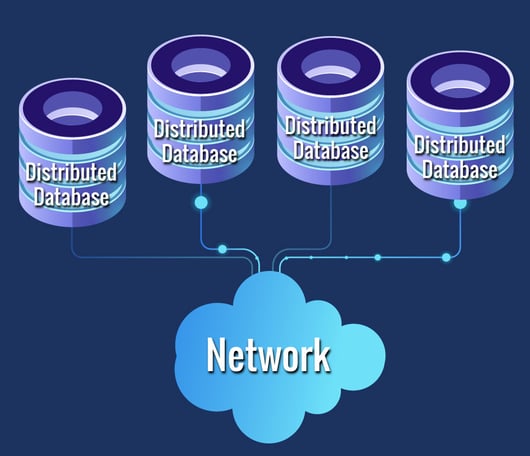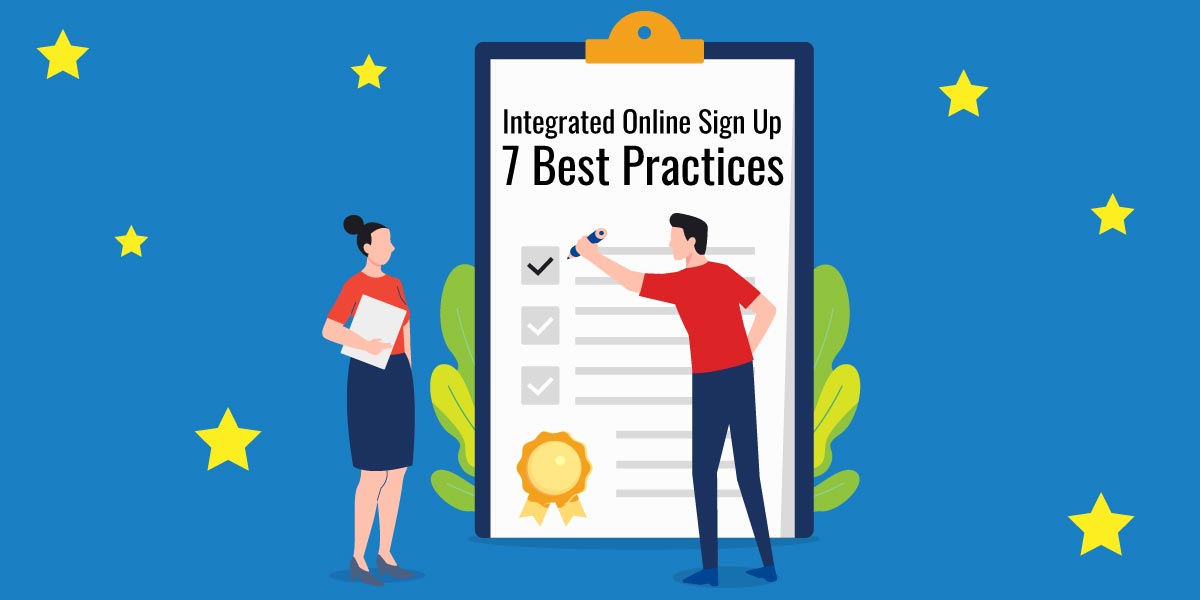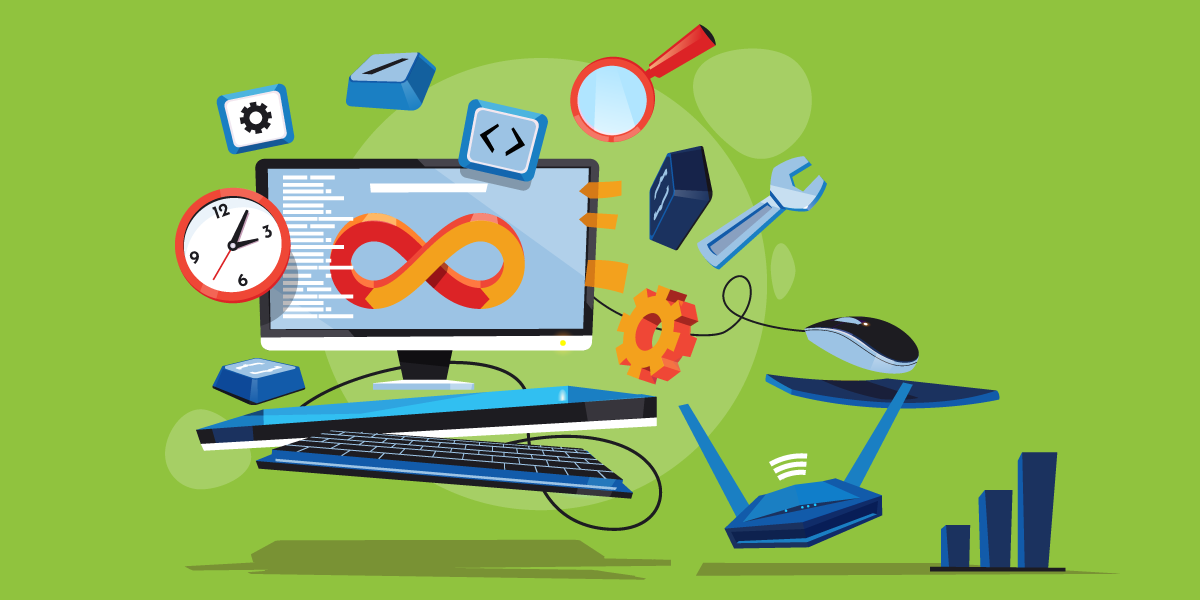Every single thing you do at your business today probably requires some form of data and some way of processing that data. Think about placing an order, making a payment, or managing an account. There are two main kinds of databases to consider when deciding how to store and maintain your data - a centralised database and a distributed database. As a business owner you may be wondering which option is the best for your business.
Fear not my fantastic entrepreneurial super hero friend for we are about to answer all of your questions!
What is a centralised database?
A centralised database is a database in which the data required to complete all of your day-to-day business activities are located, stored and maintained in a single location. It is the foundation that enables your business to make use of things like business process automation and connected teams. With everything in one place, you are provided with a complete view of the organisation and can make improved business decisions.

Is there an alternative?
Of course there is! Distributed databases are quite literally the opposite of centralised databases. They consist of multiple databases that are stored in different physical locations and connected to each other through a network. In a distributed database some data may be duplicated across the various databases. The design can become pretty complex as the number of databases in the distribution increases.

What are the benefits of a centralised database?
Some of the main advantages of using a centralised database include:
- Data Integrity: Accurate data is everything today. A single database means no duplication of data across platforms. This means that when data is added, updated or deleted in one place, it will be added, updated or deleted in all places. No more inaccurate or contradictory data in different departments!
- Simplified Reporting: Producing reports on customer activity, sales, finances etc. becomes relatively easy since all of your data can be accessed simultaneously from a single source. In the case of distributed sources, the data would have to be processed to remove duplicate information, and to relate the records from the different sources to each other before reporting can even be considered.
- Single Point of Failure: You may be thinking, “shouldn’t this be on the disadvantages list?” And the answer is Yes, but also No. A single source of failure also means a single source of support. If anything goes wrong with your database, your support team will be able to hone in on the problem much quicker than in the case of a distributed system. Having only one source to maintain will also enable your support team to focus on producing adequate protection methods that will ensure that when a failure occurs, it won’t lead to disaster.
- Reduced Learning Curve: When all of the data and processes in a system is stored in the same database it means employees only need to learn how to use that database as opposed to learning how to use multiple databases. A reduced learning curve means less training costs and that employees can be up and running in less time.
- Improved Security: This one is simple! Protecting a single source is much easier than protecting multiple sources. A centralised database has a single point of access through a network, meaning there is a single point of access that needs to be protected. This makes the use of a centralised database much more secure than using a distributed database, which contains multiple access points that need protecting.
Does it have any disadvantages?
Like everything out there, centralised databases do have some disadvantages that need to be considered and circumnavigated when making use of them. The main disadvantages of using a centralised database are:
- Access Time: With all of the data in one place it could take relatively long to access and search data. You may need to rely on software experts to help you optimise complex queries. A slow network could make access time even slower and thus you may need to optimise your network to optimise your data access speed.
- Single Point of Failure: Here it is again! With all of the data in a single location a failure could be catastrophic. It is of paramount importance to make proper backups, and to protect your data in the event of a database failure.
What kind of database would be best for you?
For a business that provides the same products to all of their customers at all of their branches, it would make sense to use a centralised database since everyone would need the same data to complete their jobs. For example, an ISP (Internet Service Provider) will most likely sell the same products across the country. It wouldn’t matter if a customer bought fibre in Johannesburg or in Cape Town, it would be the same product. Keeping this information the same throughout the company and its various branches is key to the success of the company.
A business that has multiple branches that each operate individually and do not really rely on company-wide information could make use of a distributed database system. Examples of such businesses could be franchises that allow the sale of different kinds of products.
The takeaway
Choosing the correct type of database for your business is a key step on the ladder towards success. Centralised databases and distributed databases are the two main kinds of database to consider when deciding how to maintain your data.
Centralised databases provide advantages such as data integrity, simplified reporting, improved support ability, reduced learning curve and improved security. The disadvantages of slow access time and a single point of failure can be overcome when implementing the centralised database by making use of proper backup solutions and software experts.
SOLIDitech makes use of a centralised database to provide clients with integrated solutions for billing, customer management, product management, collections, reporting and so much more. In essence a centralised database is the perfect solution for companies like ISPs that sell the same kinds of products to a large customer base throughout a country.
References:
https://insights.diligent.com/data-management/centralized-vs-distributed-databases
https://effectivedatabase.com/why-should-you-have-a-centralized-system/
https://www.tutorialspoint.com/Centralized-Database-Management-System
https://www.geeksforgeeks.org/difference-between-centralized-database-and-distributed-database/







Comment